Toyota New Zealand (TNZ) chief executive Neeraj Lala says he would happily use the company's Clean Car Standard (CCS) credits to help rival brands such as Suzuki, which are heavily disadvantaged by the scheme in its current form.
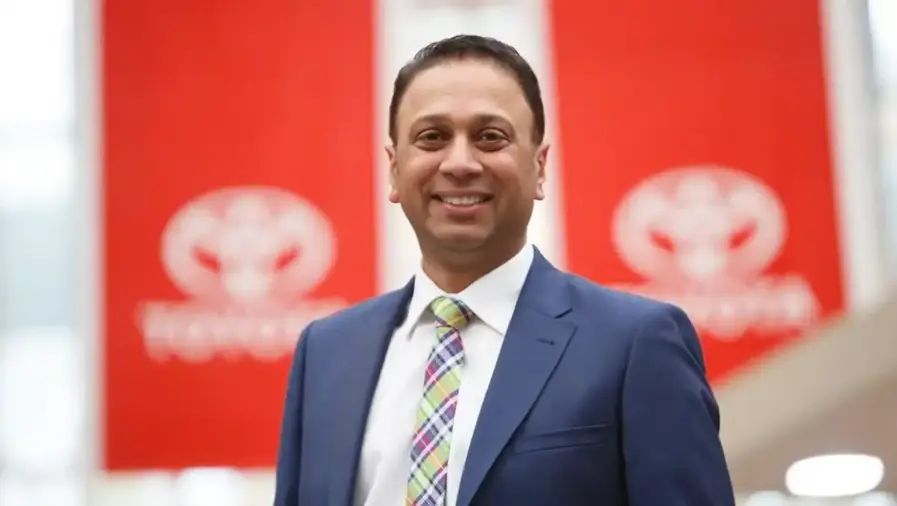
While the Clean Car Discount programme aimed at vehicle buyers was axed at the end of last year, the Clean Car Standard (CCS) that focuses on vehicle importers/distributors continues. It sets an annually decreasing CO2 target for companies to meet; if they better the targets, credits are issued. If they don't meet the targets, fines follow.
The credits are expressed in dollars, although they're not actually money; they can't be cashed in, but they can be used to offset demerits, traded or held for up to 3 years. Rest assured, the fines are very real money though.
The CCS targets are aggressive, especially the ultimate 2027 figure of 66g/km and Toyota's own 92g/km. The rather complicated way CCS calculates CO2 for individual cars (weight is a factor, for example) means brands with very light cars or those without EVs in their local ranges will find it virtually impossible to hit those targets in the coming years. Suzuki for example, which won't have a plug-in model in its local range until 2025.
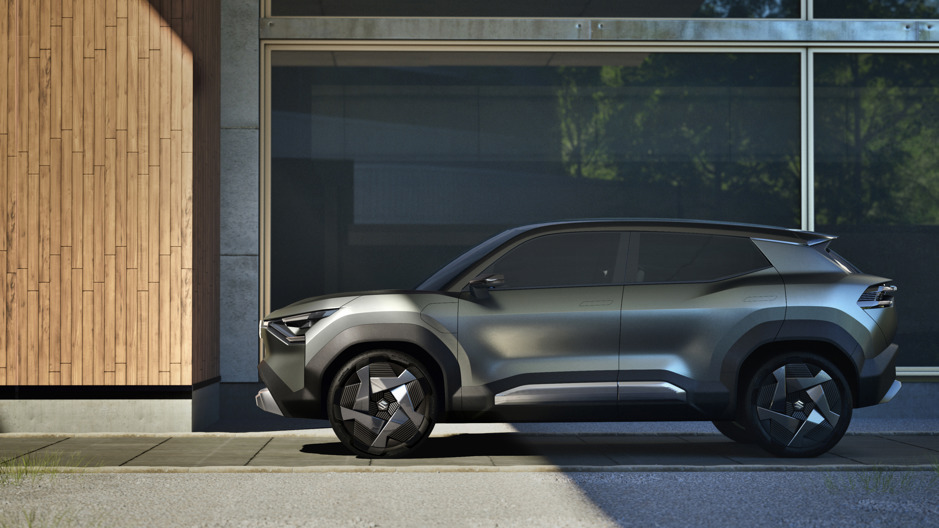
New Transport Minister Simeon Brown has undertaken to review the CCS and is currently meeting with motor-industry leaders to get their views. TNZ is scheduled to travel to Wellington this month for its turn - the first time it has actually been invited to the Beehive for transport discussions, says Lala.
I have multiple hats. Each brand has a unique role. Us having $28m in credits and having another company potentially having to close its doors is not a good outcome.
In the CCS scheme as it stands, TNZ has accumulated a massive $28m in credits, thanks partly to its focus on a broad range of hybrid models. But even Lala says the 2027 target "is causing us a bit of a headache at the moment".
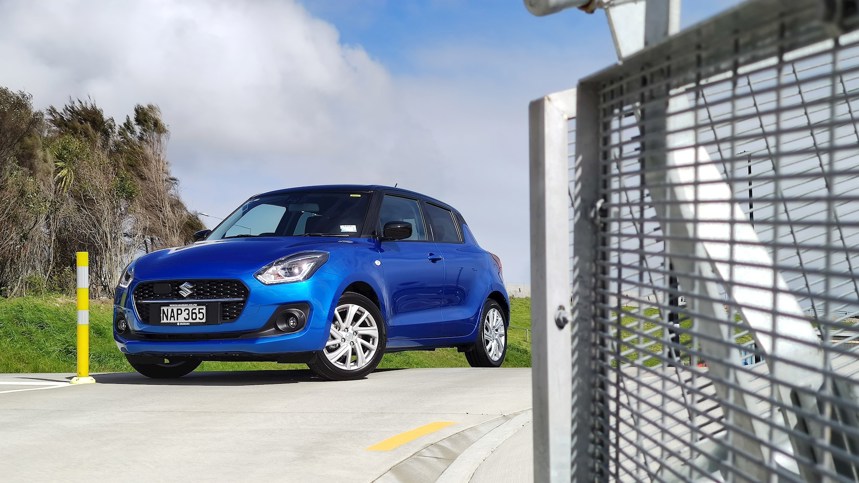
He says Suzuki's situation is one of concern to him: "Its reduction trajectory isn't as achievable, because the products are already really low emission.
"Our information and insight to the Minister is [that this] is the unintended consequence of policy. When you’ve got a brand like Suzuki that is operating at the right end of the emissions profile, having a cookie-cutter approach that everybody’s got to reduce by 40 per cent is unsustainable."
It’s about how you keep the whole ecosystem healthy. Consider the discussion around NewsHub disappearing; that’s a disaster for NZ.
But why would Toyota help a rival by trading valuable credits? Lala says TNZ wants to take a "holistic" approach and ensure credits are used for "social benefit" of some kind.

"I'm also the vice president of the Motor Industry Association, so I have multiple hats. Each brand has a unique role. [Us] having $28m in credits and having another company potentially having to close its doors is not a good outcome.
From a Toyota Motor Corporation perspective, there's also a clear message to [look after] other Japanese brands.
"When Holden disappeared you might have said that's great [for us], but actually for NZ that’s not great. Competition makes you perform better.
"It’s about how you keep the whole ecosystem healthy. Consider the discussion around NewsHub disappearing; that’s a disaster for NZ.
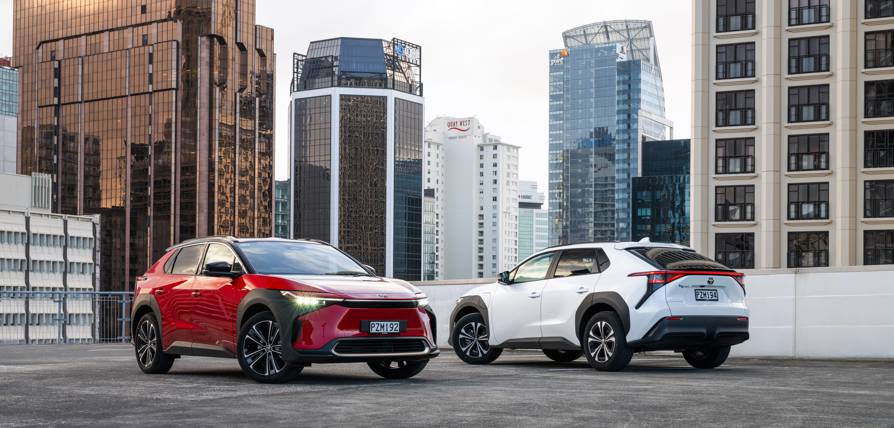
"From a Toyota Motor Corporation (TMC) perspective, there's also a clear message to [look after] other Japanese brands. One of our bZ products is co-developed with Suzuki. There's a lot of shared development with Mazda. A lot of shared development with Subaru. We can’t just call on those relationships when it benefits us."
Support for brands like Suzuki is just one possible use for those valuable credits, of course. Depending on what happens with the CCS review, TNZ might need to carry as many as possible forward to get through that tricky 2026-27 patch.
"If you don’t use your credits you can save them for 3 years, so this is where we might potentially need them," says Lala. "You have to be careful not to trade them too soon.
"But the CCS review is under way at present, and our position is not so much change the target, but potentially just level that trajectory. It would be a lot more achievable for 2030 than it is at 2027."
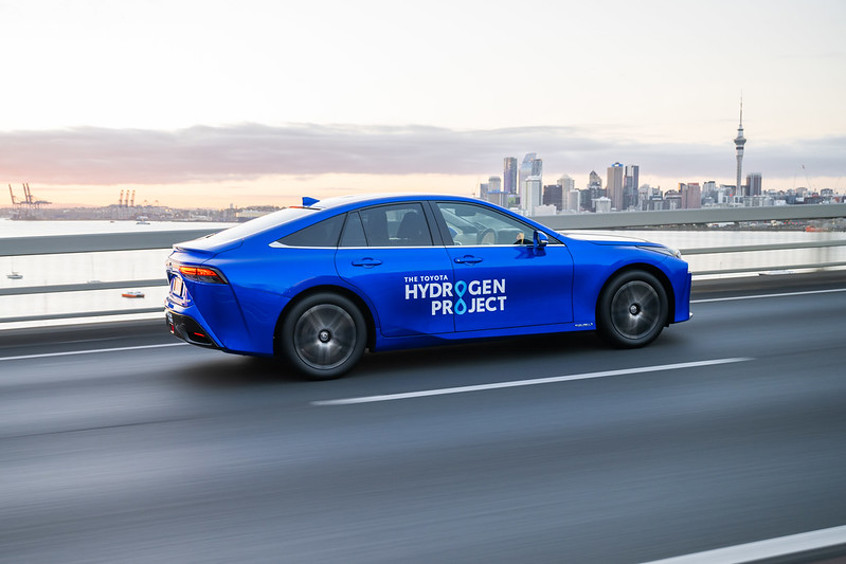
Part of the discussion with Government might be what the credits could count towards in funding for socially beneficial projects.
"Don’t get me wrong, I’d also like to use our credits to improve hydrogen fuelling infrastructure, for selfish reasons.
"But that’s not even about cars. It’s about advancing the hydrogen economy: boats and generators and all kinds of stuff. We’re not going to sell 2000 Mirai (hydrogen FCEV models), but if we could fund the installation of 250 fuel cells into AT buses, that’d be pretty cool."





